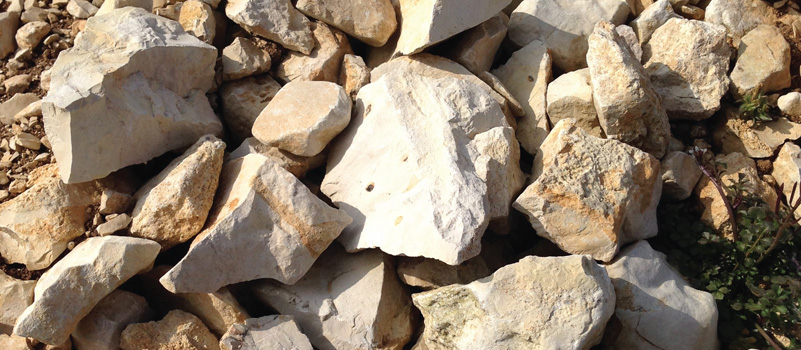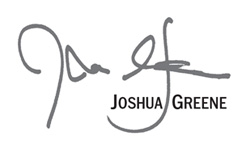

Chablis is the wine of the moment. Once dismissed as thin and wan, virtually mocked in generic jug wines in the New World that borrowed its name, this northern outpost of chardonnay is having its time in the sun.
Growers might not be feeling blessed by a changing climate, after frost and hail battered their vineyards in 2016, but there have been some benefi ts. Just as many growers in Champagne are now making beautifully ripe, low-intervention, no-addition sparkling wines rather than the dosage-rich styles the large houses developed as a reaction to the cold climate, the Chablisiennes are building richness in their best wines through care in farming.
Chablis prices, momentarily, have yet to catch up with Côte d’Or wines, and American diners are taking full advantage, if our Annual Restaurant Poll is any indication. Chablis is the number-one best-selling wine for a number of our respondents. And others confi rmed the demand: “I don’t think I’ve ever gotten as many requests for Chablis, or non-oaked chardonnay in general,” Maria Garcia reported from Republique in Los Angeles. Meanwhile, our o ces were fl ooded with brilliantly rich, crisp-lined Chablis this year, including wines from Patrick Piuze—a relative newcomer to the region who is quickly becoming a superstar—and the Drouhins, who introduced biodynamic farming at their Chablis domaine in 1999. We tasted 117 Chablis for this issue, and the excitement among our panelists for the cooler 2014s and some of the riper 2015s was palpable.
Ripeness, in fact, driven partly by climate change, may have caused some disruptions in the great vineyards of the Côte d’Or. In the 1990s, growers had taken to producing a richer style of wine—one that turned out to be more susceptible to oxidation than the leaner, tightly built wines of the past. The causes of what came to be called “premox” are complex and still a bit mysterious. Recently, Jon Bonné has spent a lot of time in the Côte d’Or as he researches his forthcoming book, The New French Wine. He’s been talking with growers about premox, and how they have changed their way of working in the vineyards and the cellars to not only solve the problem—they hope—but also, to create a fresher, more precise expression in the wines from their individual parcels. Bonné’s story appears on page 64, and our own fi nds of pure, fresh and focused white Burgundy begin on page 119.
You might want to decant one of those bottles while catching up on all the other trends we’ve uncovered in our 28th Annual Restaurant Poll, then kick back and enjoy the adventures of the 12 sommeliers we tapped for our third SommScavenge, sending them off to find the most site-expressive pinot noirs in North America. Cheers!


This story appears in the print issue of .
Like what you read? Subscribe today.















